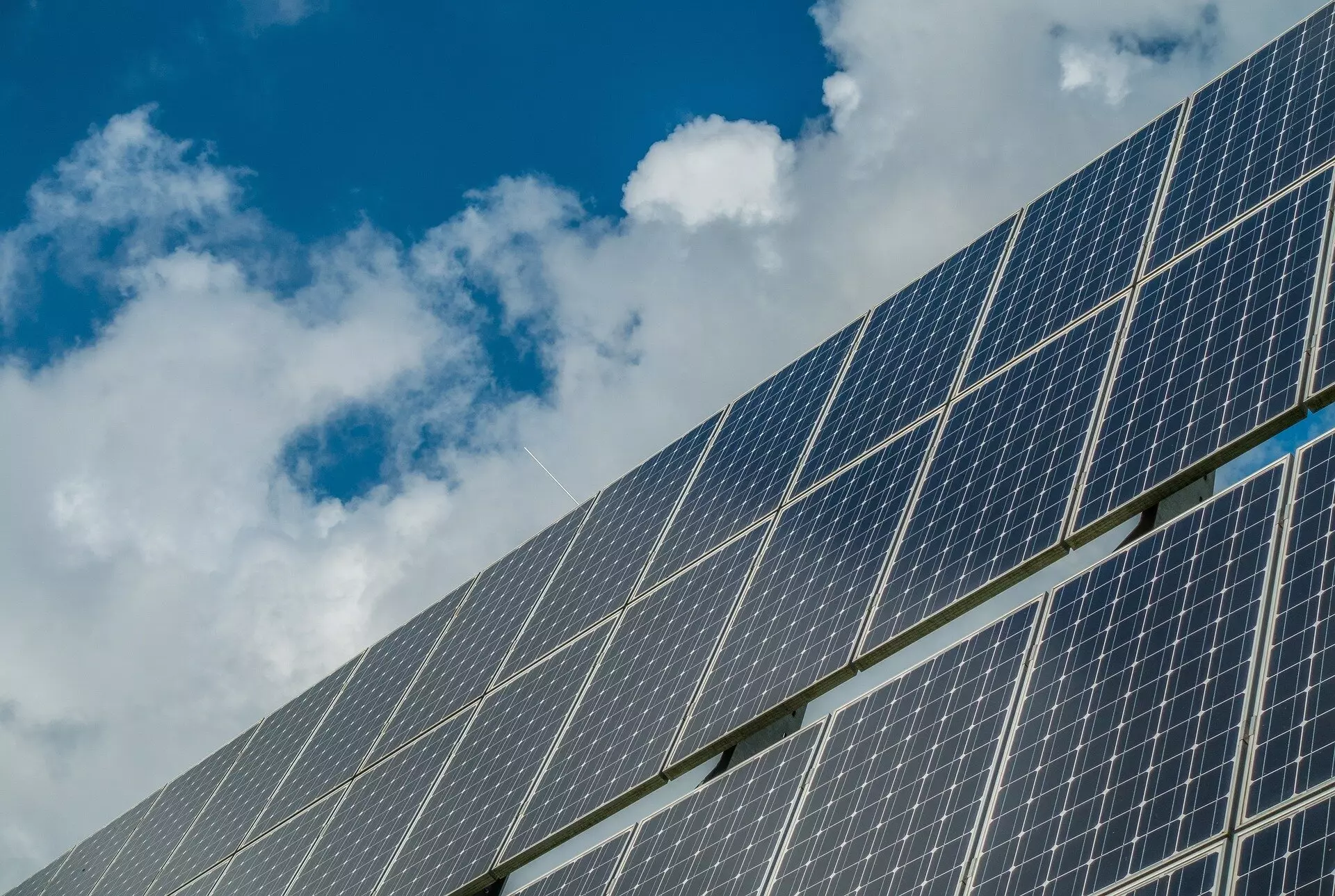When it comes to the adoption of solar power, lower-income communities in the United States have historically lagged behind their wealthier counterparts, despite the availability of tax breaks and financial incentives. A recent study conducted by researchers at Stanford University, published in Nature Energy, sheds light on this issue and proposes a potential solution to bridge the “solar equity gap.” According to the study’s senior author, Ram Rajagopal, commercial and industrial rooftops present a significant opportunity to address this disparity, especially in disadvantaged communities where residential solar may not be feasible for renters or low-income homeowners.
The study revealed that non-residential rooftops in disadvantaged communities generate 38% less electricity compared to wealthier neighborhoods, primarily due to lower deployment rates in the former. However, the researchers also identified untapped potential in commercial and industrial buildings to harness solar energy for both self-consumption and community distribution. Unlike residential customers, commercial enterprises in lower-income areas may be more receptive to government incentives for solar power. This suggests that non-residential solar installations could play a significant role in meeting the energy needs of these communities.
By leveraging Stanford’s DeepSolar database, the study estimated that solar arrays on non-residential buildings could potentially fulfill over one-fifth of annual residential electricity demand in nearly two-thirds of disadvantaged communities. Moreover, the cost of solar electricity produced on non-residential rooftops is often lower than the residential rates charged by local electric utilities. This highlights the economic viability and scalability of non-residential solar installations in underserved areas.
To assess the distribution of non-residential solar installations, the researchers employed satellite imagery and artificial intelligence to analyze rooftop solar arrays in over 72,000 census tracts across the U.S., a third of which are classified as disadvantaged. They found that the average annual cost of solar electricity production varied across regions, ranging from 6.4 cents per kilowatt-hour in sun-rich states like New Mexico to nearly 11 cents in Alaska. Despite these regional disparities, the costs remained competitive with residential electricity rates in many areas, underscoring the affordability of non-residential solar power.
By integrating non-residential solar arrays into local power grids and implementing community subscription models, lower-income residents could gain access to solar energy without having to install rooftop panels themselves. The economies of scale offered by commercial and industrial sites also make them more cost-effective and attractive for solar investment compared to individual households. Additionally, these sites are more likely to respond favorably to tax incentives and government support, further incentivizing solar adoption in underserved communities.
Looking ahead, the Inflation Reduction Act of 2022, which allocates funding for clean-energy infrastructure at the state and local levels, presents an opportunity to further reduce barriers to solar deployment in lower-income areas. As noted by the researchers, expanding access to solar power not only mitigates carbon emissions and addresses climate change but also delivers tangible benefits to disadvantaged communities. With continued research and policy support, the expansion of non-residential solar installations could play a pivotal role in advancing solar equity and sustainability nationwide.


Leave a Reply